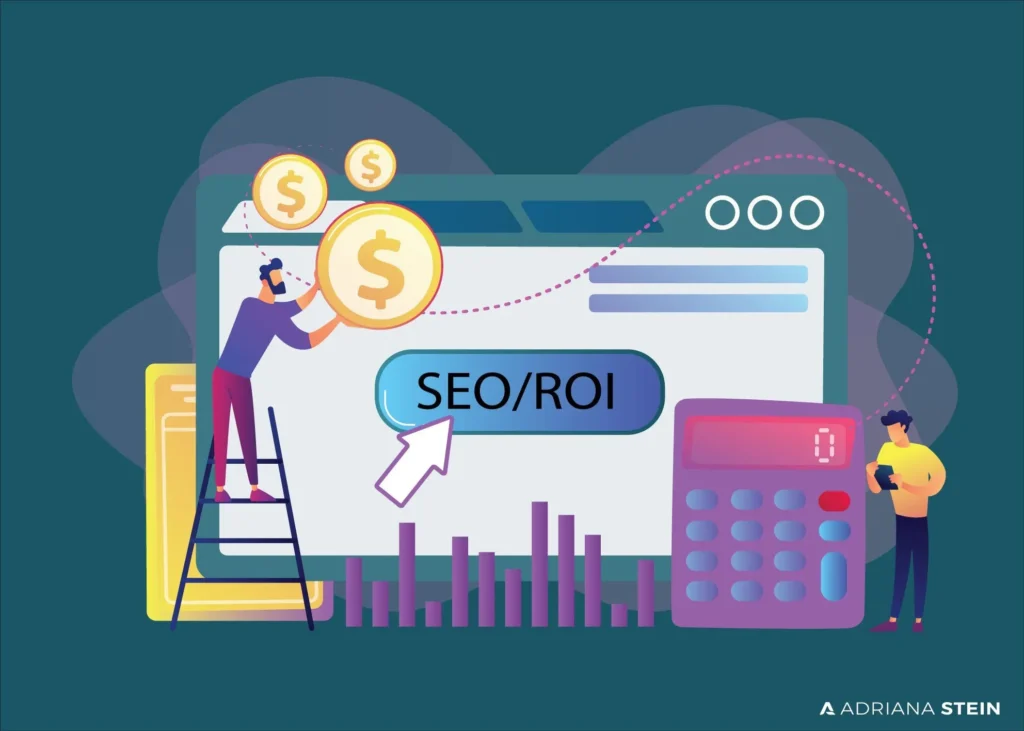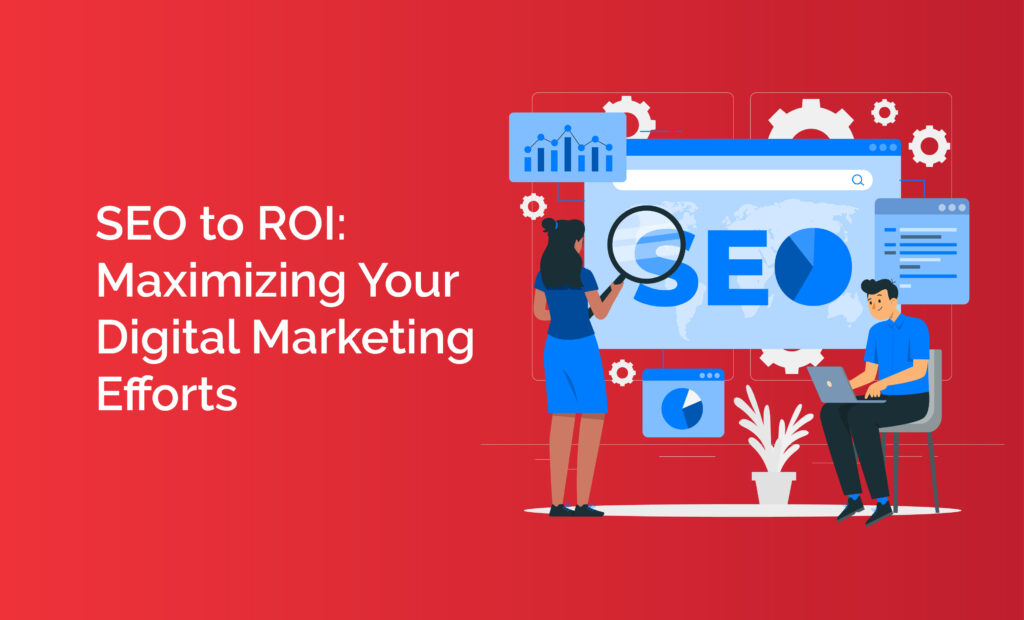In today’s digital landscape, businesses are constantly striving to increase their online visibility and attract more potential customers. Search Engine Optimization (SEO) plays a pivotal role in achieving this goal, but it’s not just about ranking higher on search engine results pages (SERPs). Ultimately, the success of SEO to ROI efforts is measured by its impact on Return on Investment (ROI). In this blog post, we’ll explore how businesses can effectively transition from SEO strategies to tangible ROI, ensuring that every digital marketing effort contributes meaningfully to the bottom line.
Understanding the SEO to ROI Connection
SEO is the practice of optimizing your website and online content to improve its visibility on search engines like Google. When done right, SEO can drive organic traffic to your website, increase brand awareness, and ultimately lead to conversions. However, to achieve a positive ROI from your SEO to ROI efforts, it’s crucial to align your strategies with your business goals.
Setting Clear Objectives
The first step in maximizing SEO to ROI is to establish clear objectives. Ask yourself: What are you trying to achieve with your digital marketing efforts? Are you aiming to increase sales, generate leads, or enhance brand visibility? By identifying your goals, you can tailor your SEO strategies accordingly and measure their impact more effectively.

Keyword Research and Targeting
Keywords are the foundation of SEO. Conducting thorough keyword research allows you to understand what your target audience is searching for and optimize your content accordingly. By targeting the right keywords, you can attract qualified traffic to your website, increasing the likelihood of conversion. Moreover, long-tail keywords with lower competition can often yield higher ROI as they target more specific user intents.
On-Page and Off-Page Optimization
On-page optimization involves optimizing various elements of your website, such as meta tags, headers, and content, to make it more search engine friendly. Off-page optimization, on the other hand, focuses on building backlinks and establishing your website’s authority and credibility across the web. Both on-page and off-page SEO efforts are essential for improving your website’s visibility and driving organic traffic, which ultimately contributes to ROI.

Content is King
High-quality content not only attracts visitors to your website but also keeps them engaged and encourages them to take action. By creating valuable, relevant, and informative content, you can establish your brand as an authority in your industry and build trust with your audience. Whether it’s blog posts, videos, infographics, or e-books, investing in content creation is key to maximizing the ROI of your SEO to ROI efforts.
User Experience and Technical SEO
In addition to content, user experience (UX) plays a crucial role in SEO and ROI. A well-designed website that loads quickly, is easy to navigate, and provides a seamless browsing experience is more likely to retain visitors and convert them into customers. Technical SEO elements, such as site speed optimization, mobile responsiveness, and proper site structure, also contribute to a positive user experience and improved search engine rankings.

Measuring Success with Analytics
To determine the ROI of your SEO efforts, it’s essential to track and analyze relevant metrics using tools like Google Analytics. Monitor key performance indicators (KPIs) such as organic traffic, conversion rate, average session duration, and bounce rate to gauge the effectiveness of your SEO strategies. By regularly reviewing these metrics, you can identify areas for improvement and optimize your campaigns for better results. Click here for know about What is SEO ROI, & How Do You Measure It?
Iterative Optimization
SEO is not a one-time endeavor but an ongoing process that requires continuous optimization and refinement. Keep abreast of algorithm updates, industry trends, and changes in consumer behavior to stay ahead of the curve. Regularly audit your website, update your content, and adapt your strategies to evolving market conditions to maintain and improve your SEO performance over time.
Integrating SEO with Other Marketing Channels
Go From Beginner to Expert in
Just 8 Months!
With Purdue PG Digital Marketing Program
While SEO is a powerful digital marketing tool on its own, its effectiveness can be further enhanced when integrated with other channels such as social media, email marketing, and paid advertising. By adopting a holistic approach to digital marketing, you can amplify your brand’s reach, drive more traffic to your website, and increase conversions across multiple touch points, ultimately maximizing your SEO ROI.
Conclusion
In conclusion, transitioning from SEO to ROI requires a strategic approach that aligns your digital marketing efforts with your business objectives. By setting clear goals, conducting thorough keyword research, optimizing your website and content, prioritizing user experience, measuring success with analytics, and iterating on your strategies, you can maximize the ROI of your SEO efforts and achieve sustainable growth for your business. Remember, SEO is not just about ranking higher on search engines—it’s about driving meaningful results that contribute to your bottom line.

